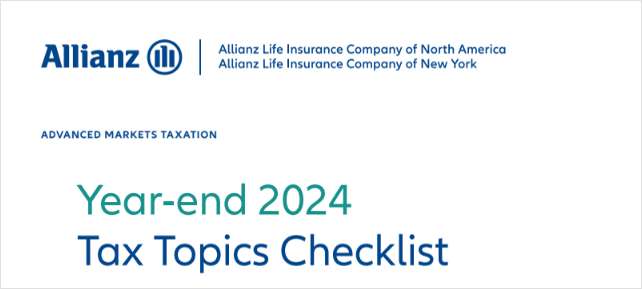Leading economists at U.S financial firms don't expect the final tax cut plan will have much impact on U.S. economic growth, according to SIFMA's economic outlook survey for 2018. Eighty percent of the 25 chief and senior economists at financial firms surveyed foresee little or no change in growth as a result of the tax cuts, which most expect will be passed by Congress.
"It's not a large tax plan. It's $1.5 trillion over 10 years in the context of a $20 trillion economy," explained Brett Ryan, senior U.S. economist at Deutsche Bank Securities and chairman of SIFMA's Economic Advisory Roundtable, in a conference call with reporters. He noted the tax cuts could add about 1/10 or 2/10 of 1% to growth (0.001% or 0.002%) on average.
Economists are most interested in what the tax plan will do for capital expenditures, which could increase about $680 billion over 10 years as a result of the corporate tax rate cut, said Ryan, who called the increase "a modest positive."
The roundtable is forecasting a median 2.5% GDP growth year-over-year for 2018, up from expected 2.3% growth this year, along with an average unemployment rate of 4% versus an average 4.4% in 2017 (the November 2017 rate was 4.1%).
Inflation is expected to inch higher with the personal capital expenditures deflator reaching 1.8% next year, up from 1.7% this year, and core PCE, the Fed's favorite price indicator, rising to 1.7% in 2018 from 1.5% this year.
"Inflation will be one of the key factors for how fast the Fed hikes rates," said Ryan. If the economy continues to grow above trend with a strong labor market and rising inflation doesn't materialize, "the Fed will have to rethink its narrative," said Ryan.
In the meantime, roundtable respondents were divided on the number of rate hikes in 2018: 41% expect three; 38% expect two and 17% expect four.



